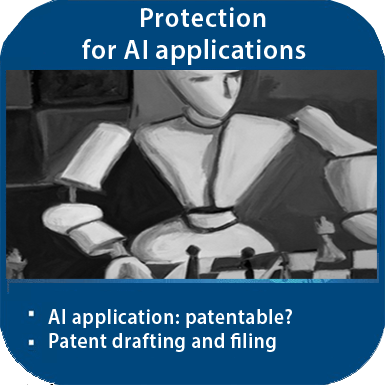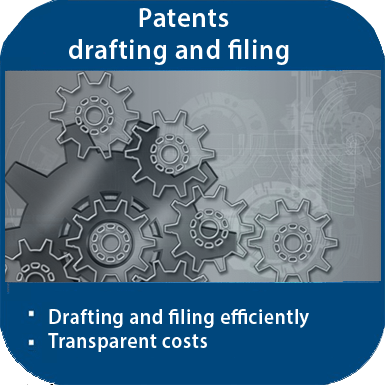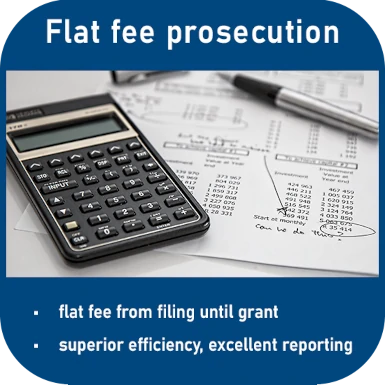EPO: Selection of optimal target path

In the EPO desicion Drilling Path, an appeal was directed against the decision of the Examining Division to reject a European patent application Drilling path/MOTIVE DRILLING (No. 14817595.3). This patent is about a method for selecting one of a plurality of convergence paths to ultimately provide an optimal target path for a borehole in the field of mineral extraction drilling.
This decision is not only interesting for the technical area of drilling. Optimised target paths are also important in other digital areas, for example when dynamically adapting the route displayed by an (automated) navigation system while driving a vehicle.
The facts
The European patent application Drilling Path was rejected by the Examining Division of the EPO due to lack of inventive step - a classic reason for a rejection.
The application was refused for lack of inventive step in all claims based on the use of known technical means from various cited documents.
The appellant argued that, unlike the prior art documents, its invention involved dynamic path generation during drilling and that this should be considered a technical contribution.
The appellant requested that the EPO Board of Appeal sets aside the decision and grants a patent on the basis of one of several requests, including a main request and several auxiliary requests. The Board considered some of the auxiliary requests allowable and considered it appropriate to start the examination of inventive step with the amended auxiliary request 7A.
The Board explained its decision using this as an example.
Selection of optimal target path - inventive step?
The examining division refused the application on the basis of known technical means, but the board considers document D2 to be a more appropriate starting point for assessing inventive step. This is because document D2 describes a method for planning and executing drilling operations using a computer to generate and evaluate drilling trajectories based on boundary conditions to determine drilling paths.
The appellant argued that his invention differed in that it generated the trajectories during drilling, whereas D2 did so in the planning phase.
However, the Board was not convinced. In its view, it was obvious to apply the teaching of D2 to the generation of paths during drilling, in that the skilled person replaces the target areas or segments with the target path.
Distinctive features - technical effect?
However, in contrast to D2, the challenged patent application has features for calculating the distance to the target paths and the offset value of the generated paths. Isnít this an important distinguishing feature? After all, clarity in the patent claim is a good prerequisite for a successful patent application.
The Board of Appeal took a different view. Although these features are specific, they do not make a technical contribution and therefore cannot constitute an inventive step. Since the other process steps do not make use of the calculated values, no technical effect beyond the use of a computer could be established, the Board of Appeal said. This is because these features define a basic form of numerical integration and thus a mathematical method which is not in itself technical (Article 52(2)(a) EPC).
The Board concluded that the distinguishing features of claim 1 did not constitute an inventive step over D2.
The appellant argued in vain that, according to the invention, the generation of the trajectories and the selection of a drilling plan took place during the drilling process and was therefore dynamic, whereas in D2 it took place in the planning phase.
But, because the wording of the claim is not limited to the case where the steps are carried out during the drilling process, the board did not find this argument convincing. The appeal was dismissed in its entirety (T 1401/20 (Drilling path/MOTIVE DRILLING)).
The decision shows once more how important a precise drafting of a patent application is. This is a particular strength of our patent law firm KŲllner & Partner.
Please contact us by phone at +49 69 69 59 60-0 or please send us an email info@kollner.eu.







